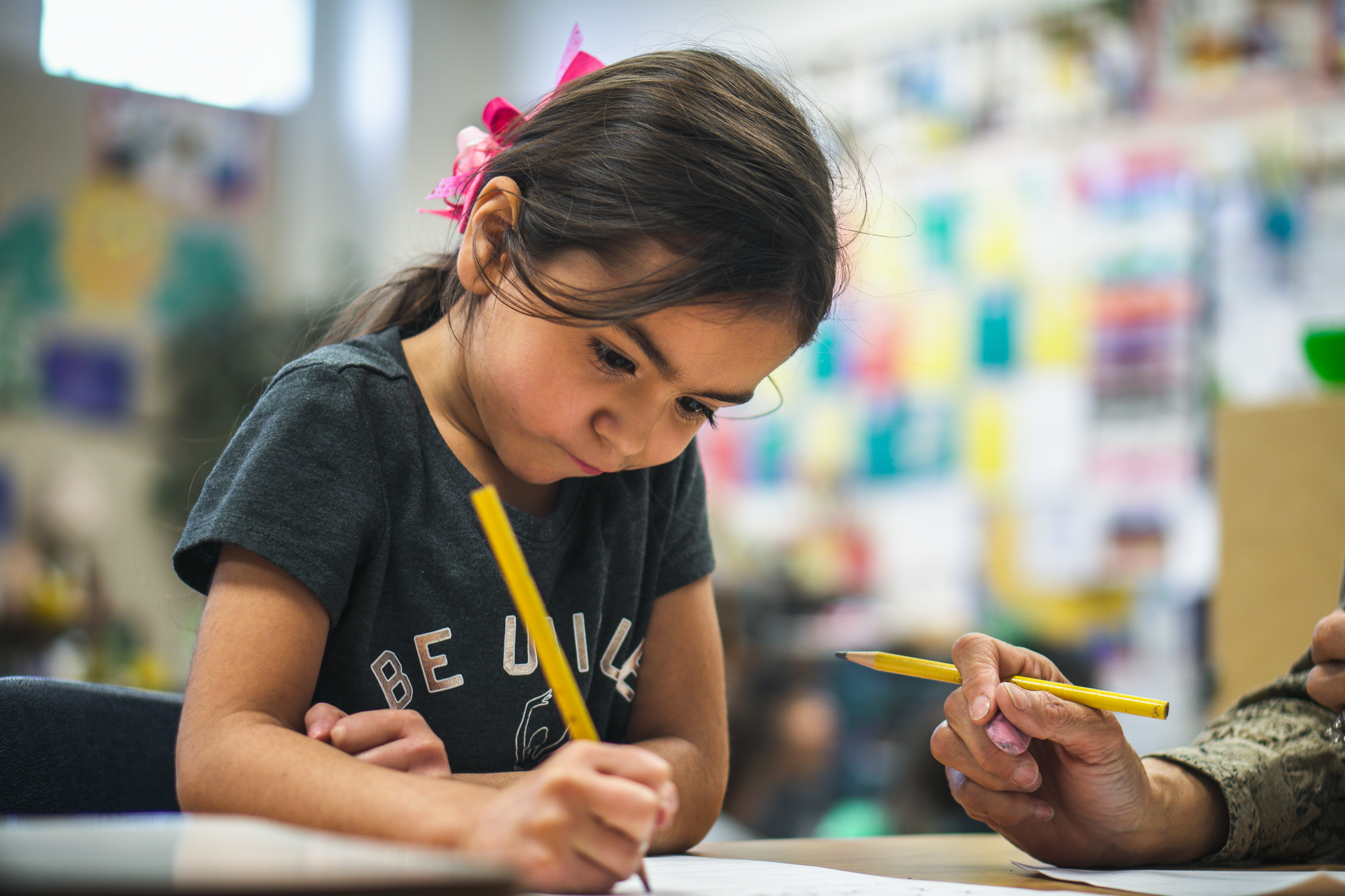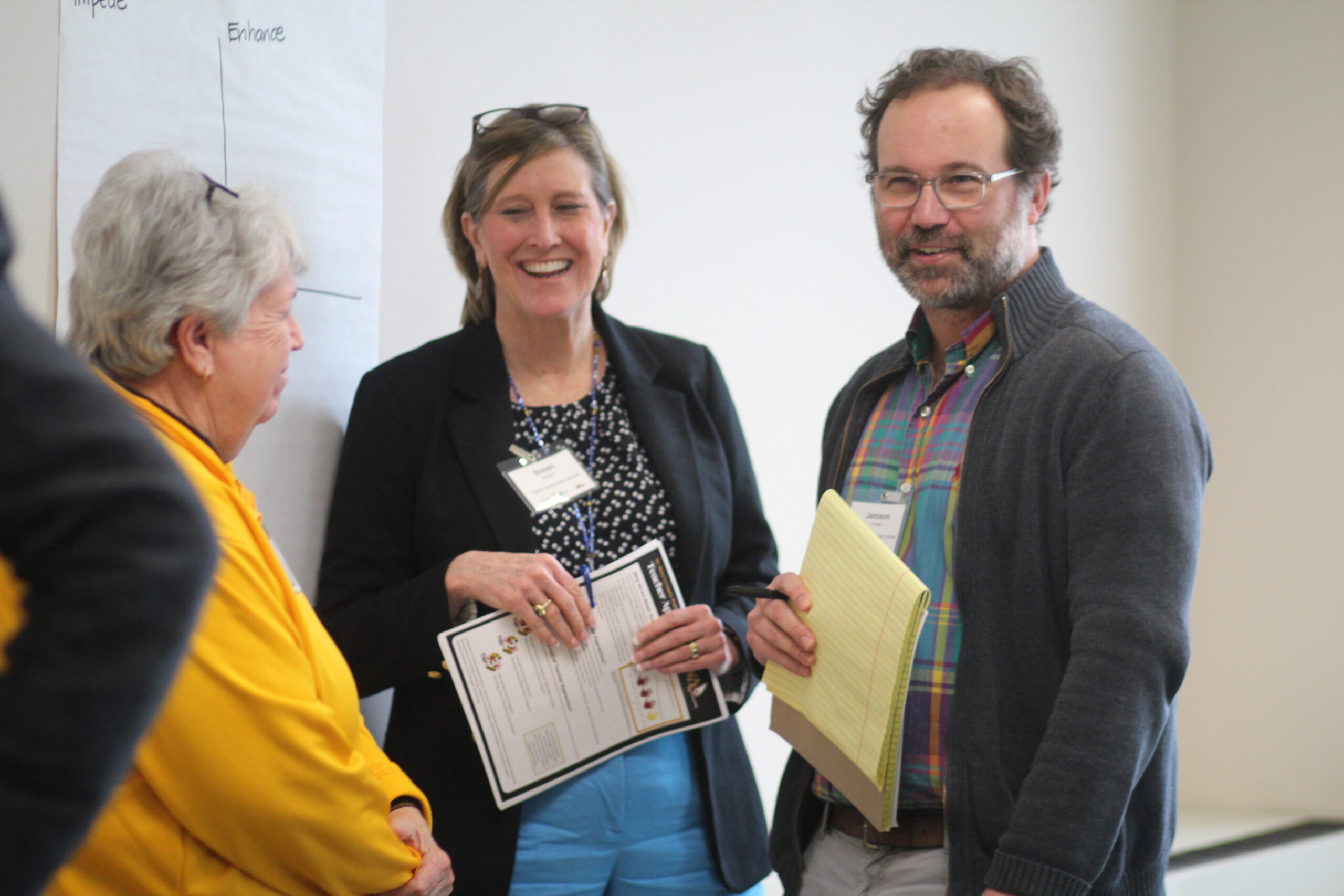
“Paradise Valley functions as a team. We work together. We don’t leave anybody behind. That’s the PV way—from the superintendent to the playground aide.” — PVSchools District Leader
Just northeast of Phoenix, Arizona, where suburban neighborhoods blend into desert foothills, Paradise Valley Unified School District (PVSchools) serves roughly 27,000 students from a remarkably diverse mix of communities. But across its 45 campuses, one thing is consistent: this district is building something lasting.
Instead of chasing the next big reform, PVSchools is focused on system coherence and working toward a living, breathing education system that puts students at the center.
With a focus on trust, shared goals, and a culture of continuous learning, PVSchools has moved away from a patchwork of individual school efforts and toward a more unified approach. As a result, rather than merely following directives, teachers and principals are co-creating solutions. Feedback is built into the system. And innovation is the norm, not the exception.
What’s powering this coherence across the full system?
Relationships are at the core, and trust runs deep.
“I trust [district leaders] implicitly. They are always looking to help me … [The Assistant Superintendent] will physically come to the site more than anyone else ever has, just to sit down and talk about progress.” — PVSchools High School Principal
In PVSchools, relationships are the foundation for how the system works. Trust is built through everyday interactions across roles and campuses, creating a culture where people feel safe asking for help, offering feedback, and taking initiative. It’s this strong relational infrastructure that allows the district to stay aligned without relying on rigid mandates.
Leadership is grown from within and shared across the system.
“NISL was perhaps the best professional development I’ve received in my career … It really allowed me to stop putting Band-Aids on things and look at systematic approaches.” — PVSchools Middle School Principal
PVSchools doesn’t treat leadership as a position. Rather, leadership is a practice, cultivated over time and embedded in the system. From district-grown pipelines like the AIM program to participation in deeper learning experiences like NISL, leaders are supported to think systemically and act strategically. Principals are supported to build strong site-based teams, teacher leaders help shape planning and strategy, and assistant superintendents serve as coaches, not compliance officers. This approach builds a culture where leadership is everyone’s job, and system coherence is a shared responsibility.
Collaboration and feedback connect strategy to the classroom.
“If you have something to say or share, there are opportunities for everyone to have a voice and help shape decisions.” – PVSchools School Leader
Feedback in PVSchools isn’t top-down. It’s multi-directional, built into how the system functions. Leaders across the district describe a culture where feedback flows freely, support is just a phone call away, and decision-making is shaped by those closest to the work. Regular principal meetings, cross-level administrator gatherings, and school-based learning communities create predictable spaces for collaboration. But more importantly, there’s a shared expectation of openness. Whether it’s a teacher offering insight on curriculum or a principal reaching out for support, voices throughout PVSchools are heard. That’s no accident, it’s by design.
Innovation is embedded, not accidental
“I feel like I have permission from my boss to be innovative and try new things. And so I pass that permission on to my teachers … Try it. See how it works. Look at the data. How can you improve upon it?” — PVSchools High School Principal
PVSchools treats innovation as a core design feature. Leaders and educators are trusted to test new ideas, adapt them locally, and improve based on what they learn. From inclusive arts programs to live-streamed teaching labs, innovation is fueled by curiosity and supported by structure, allowing the system to evolve without losing coherence.
It’s not perfect, and that’s the point. PVSchools embraces tension, learns from it, and adapts. It’s a case study in what it means to design a school system that works—for students, for teachers, and for the future.
Read the full case here.




